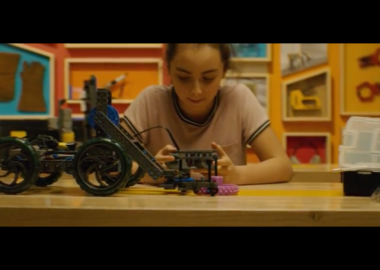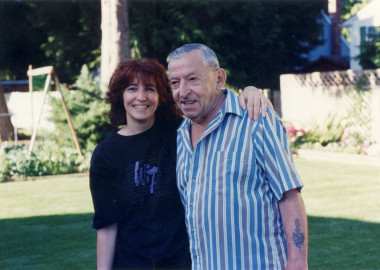The world mourned earlier this month to photographs of little Alan Kurdi, the three-year-old refugee whose tiny corpse washed ashore on September 2. Alan and brother Galib and mother Rehan all died after they attempted to cross the Aegean Sea from Syria to Greece. Along with their surviving father, Abdullah, they were driven to make this journey by the danger and devastation that the civil war has caused to their home country over the past four years.
That one heart-stopping photograph instantly resonated with millions, perhaps in part because Alan looks like every peaceful, fragile preschooler we’ve ever seen lying asleep on his tummy. There was something so familiar and accessible about his pose in death, yet the truth, as the accompanying reports made clear, was so much more dark and sad.
This is the power that imagery and storytelling can offer. Written policy about private-sponsorship applications and refugee-resettlement trends and the role of the United Nations in statelessness and shifts in Ottawa’s asylum criteria are too complex for must of us to grasp, yet that one terrible image (by Turkish photographer Nilüfer Demir) goes beyond our rational understanding of geopolitics to connect us instantly and deeply with the emotional truth at the heart of the issue. There’s truth, and then there’s truth.
As storytellers here at Echo, we think deeply about the elements of narrative. We don’t often work with world-changing images like the one of little Alan Kurdi, but we do come across all the joys and tragedies that life has to offer. The miracle of birth. The devastation of illness and death. Fortunes won and lost. Love, betrayal, discovery, invention, conquest, loss.
In telling these very human stories, we start with the big questions: what is really at the heart of events? Who are the heroes? Who is the audience? How do lives change? As we develop our print and electronic projects, we spend a lot of time gathering information — interviewing, researching, visiting photo archives — and organizing it to create the most powerful and absorbing account possible.
We’ve been fascinated to watch the very human and compassionate outpouring of response to Alan Kurdi’s young life, and the growing interest that has ensued for all such victims of the global refugee crisis. One group here in our hometown has recently piqued our interest as it hopes to harness storytelling’s connective power. The multimedia website and digital report Neverhome.ca is certainly not shy in its criticism of Stephen Harper and the changes that have taken place to the country’s immigration policies since he took office nine years ago. But with its savvy use of writing, video, informative links and infographics, it makes for a compelling case study for any group that wants to convey complex information and emotion to a broad audience.
The Never Home project reminds us of two things. If a picture is worth a thousand words, a video can be worth a million.
And given that timing is everything, it’s essential to have your story elements already captured. The group’s organizers had been working for over a year to interview refugees and research policy when the unforeseen tragedy of the Kurdi family captured the attention of the country. The first-person accounts they had on tap can only further conversations — in an emotionally resonant way. “I cried a few times,” journalist Nicky Young told the Toronto Star, in discussing his work on the project. “After doing all these [interviews], I realized [immigration] status is everything some people think about. I learned how I’d taken my status, my citizenship, for granted.”
It’s not a happy ending. But by taking us all to the next level of a very true and very human story, it is one with great potential.





